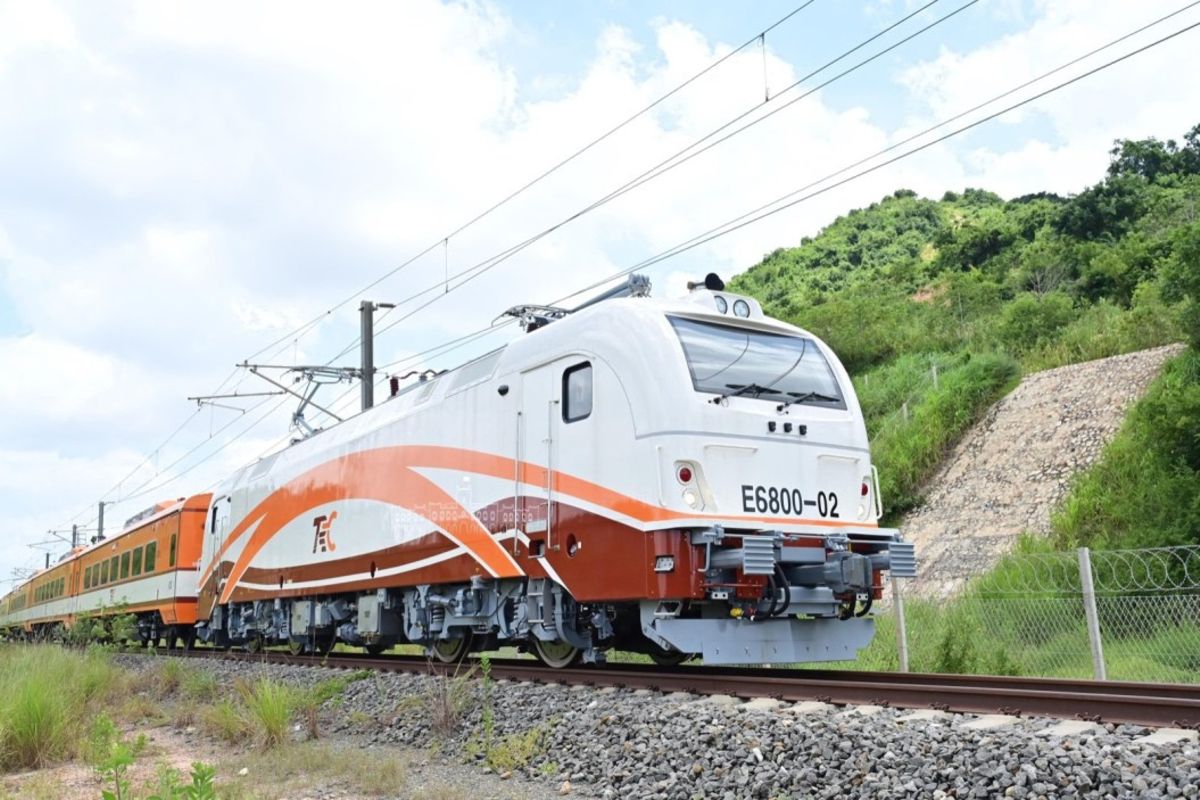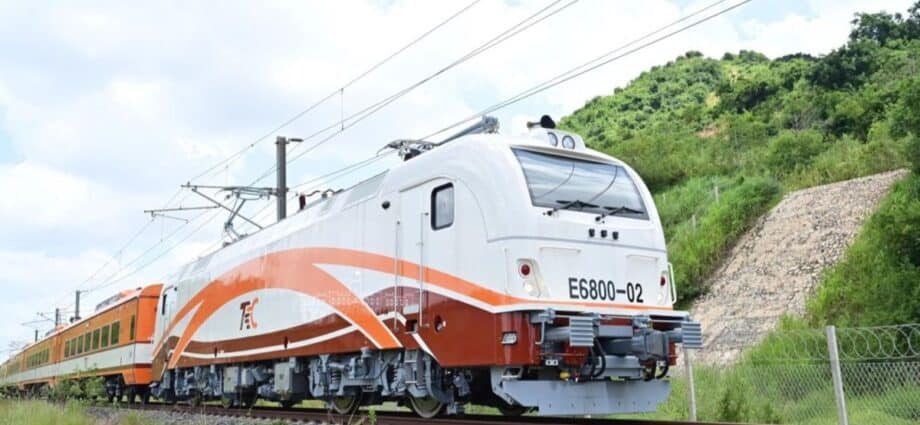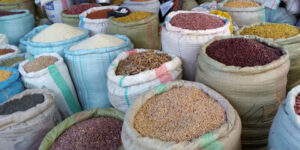
The sun-baked soils of southern Tanzania hold a treasure trove of coal, iron, uranium, vanadium and titanium—resources that have languished in isolation for millions of years. But now, through the Mtwara Development Corridor (MtDC), a visionary transport project promises to unlock those riches for a resurgent nation.
At its heart pulses an 812-kilometre SGR line, a $3 billion steel spine connecting the mineral-laden hinterlands of Tanzania, Malawi, Mozambique, and Zambia to the deep-water port of Mtwara. This railway will be the lifeline of a region poised to shed its peripheral status and emerge as its economic powerhouse.
Spanning 354,520 square kilometres across four nations, the MtDC encompasses regions long marginalised despite their staggering potential. Mchuchuma coalfields hold 535 million tonnes of coal, while the Liganga deposits likely harbour between 0.2 and 1.2 billion tonnes of iron ore laced with vanadium and titanium. Malawi’s shores along Lake Nyasa conceal vast titanium reserves, among others. Yet, without efficient transportation, these resources remain untapped. The MtDC SGR will liberate them, slashing transit times from Mtwara to Mbamba Bay from a gruelling 12-hour road journey to a sleek five-hour rail sprint.
The economic logic is irrefutable. Annual freight volumes are projected to hit 25 million tonnes within a decade—10 million tonnes of coal from Mchuchuma, 8 million tonnes of iron ore from Liganga, and 2 million tonnes of titanium concentrate from Malawi. At current commodity prices, this translates to 1.4 billion in annual revenue, with coal freight alone covering the railway’s debt obligations. Unlike the Central Corridor SGR, a 7 billion endeavour struggling to attract freight—the MtDC line will enjoy guaranteed cargo from day one.
But the SGR’s impact transcends mining. Tanzania loses over $3 billion worth of agricultural produce annually due to poor infrastructure and delays. The railway will integrate the MtDC regions into supply chains stretching from Dar to Dubai and Mumbai, injecting billions annually into their economies. In Mtwara, needed investments will enable the export of processed cashews—a crop Tanzania produces 500,000 tonnes but barely processes domestically.
I have received queries from readers who assume that MtDC is a mere rural feeder line—not a heavy-haul freight corridor demanding SGR’s muscle. But SGR isn’t just better—it’s non-negotiable for the MtDC. To move just 1.5m tonnes of steel, MTR will require over 11 fully loaded train trips every day. But MtDC’s requires a 20m+ tonnes capacity – not the 8m tonnes that MTR can muster. The MTR option doubles fleet size, fuel and labour costs, whereas the SGR delivers the capacity, speed and cost-efficiency essential for growth.
I think this SGR corridor is primed for a Build-Own-Operate (BOO) model: by inviting global rail leaders to fund, construct, own and run the line, Tanzania can sidestep bureaucracy while retaining equity. The operators’ expertise would ensure that SGR meets global standards and attracts investors for spin-off projects, thus anchoring the MtDC’s industrial rise.
The MtDC’s true genius lies in its geopolitical foresight. By binding regions of Tanzania, Malawi, Zambia, and Mozambique into a single network, it will create a cross-border market of more than 20 million people. Malawi’s titanium will sail across Lake Nyasa on heavy-capacity ferries to Mbamba Bay, where trains await to haul it to Mtwara for processing. Zambia’s copper, traditionally routed through Durban and Dar, will gain a shorter, cheaper path to Asian markets.
The investments will make Mtwara evolve into East Africa’s answer to Dubai. Mtwara’s population, relatively stagnant compared to the big cities, may likely triple by 2040 as factories and logistics hubs rise. The Special Economic Zone adjacent to the port will aim to replicate Jebel Ali’s success, offering tax breaks and streamlined regulations to attract $10 billion in FDIs. Here, titanium slag from Mchuchuma and Malawi will be transformed into pigment for global markets, while chlorine byproducts and fertiliser production will fuel a chemical industry rivalling the biggest in the region.
That said, the corridor’s greatest triumph will be its democratisation of opportunity. For too long, Tanzania’s south has been an afterthought—a region with no universities, no power, crumbling roads, and youth unemployment of unimaginable scale. The SGR, and the industries it enables, could create 1.2 million jobs by 2035, from steelworkers in Liganga to hotel staff in Kilwa. Education will follow: I propose at least one major university in every region in the corridor to stem the brain drain to Dar.
The MtDC SGR is more than a railway. Dubai’s rulers transformed desert into destiny by betting on Jebel Ali Port against all odds. Tanzania now faces a similar moment: The MtDC offers a path to leverage resources to build enduring infrastructure, diversified industries, and human capital. As the first SGR locomotives rumble south, they will carry not just coal and iron, but the aspirations of a region long denied its place in the sun.
Southern Tanzania, once a symbol of political neglect, needs to take centre stage now. Hastening the SGR transport backbone will be a testament to the region’s capacity to forge its future.
Charles Makakala is a Technology and Management Consultant based in Dar es Salaam














